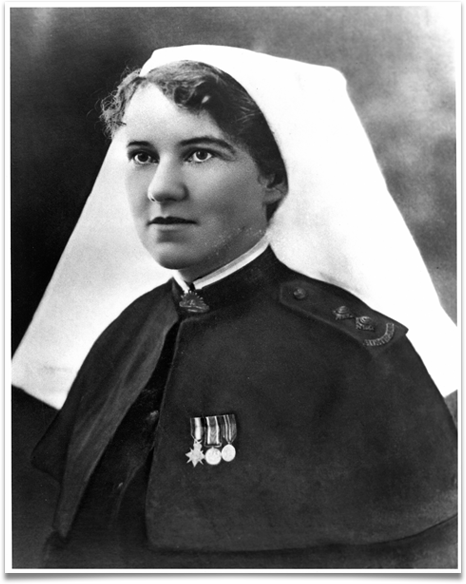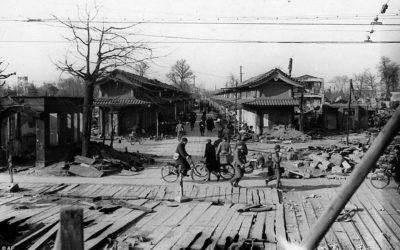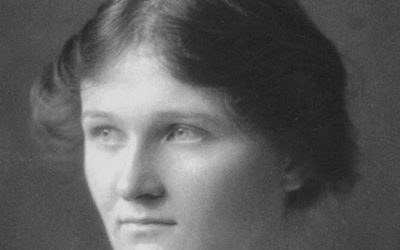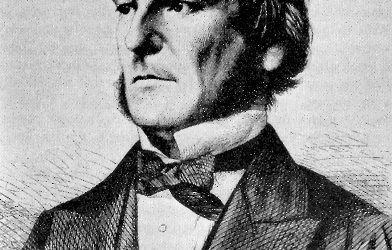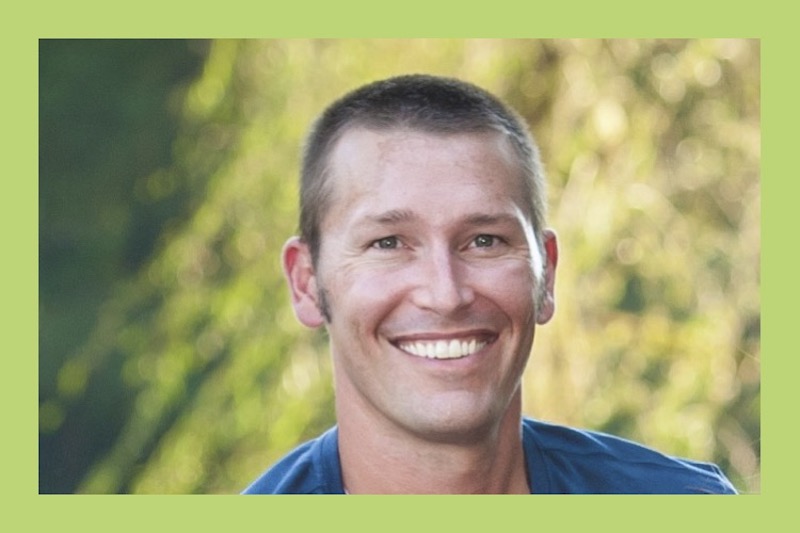The decade after World War II is often looked back on by nostalgic Americans as an era of peaceful prosperity, a time when people had more to be happy about than ever before in history. There is some truth to this rosy-eyed image, but it’s far from a complete picture. In fact, this was also a time of controversy and concern, when every new year seemed to bring a new public scare. Among these causes for alarm, one that was uppermost in almost everyone’s mind was the menace of poliomyelitis, better known to the world as “polio”.
Epidemic diseases were nothing new to humanity, but polio was more terrifying than most because of its utter unpredictability. It struck people from all walks of life, even the healthiest and the most careful, and its symptoms often went from unnoticeable to life-threatening in less than a day. Because no one was certain how the disease spread, just a handful of cases in a community would shut down public interaction and keep children inside for weeks. Even those who were fortunate enough to survive polio were often left permanently paralyzed and unable to lead a normal life. Although other diseases took more lives each year, polio was a greater concern for the anxious young parents who made up a large part of the American population in the ‘50s; according to polls taken at the time, the only thing that the average respondent feared more than polio was nuclear war.
Jonas Salk’s innovative vaccine put an end to this anxiety in 1955, ensuring that future generations of children would be protected from polio. However, vaccination could do nothing for the tens of thousands who had already contracted the disease and felt its debilitating effects. The treatment of polio, not just its prevention, was a totally different and generally more difficult task. Among the many medical practitioners who confronted polio at its worst, perhaps the bravest and most original in her thinking was the Australian “bush nurse” Elizabeth Kenny.
Elizabeth Kenny was born in Warialda, a rural town in the state of New South Wales, in 1880. Little is known about her childhood, but her career in medicine seems to have begun at the age of 17, when she broke her wrist falling off a horse and was taken to a doctor, Aeneas McDonnell, to have it set. McDonnell, who would later become her professional mentor, allowed her to read his medical books while she recovered from her fall, and this experience kindled an interest in medicine that would remain with her all her life.
For the next few years Kenny would do several odd jobs, including music instruction and working in a hospital kitchen, and by 1910 she had saved up enough money to have a nurse’s uniform made for her. Despite her lack of formal medical training, she then became a “bush nurse”, traveling long distances across the outback to visit her widely scattered patients. When World War I began, Kenny enrolled as an army nurse and attended to soldiers on cargo ships; it was in this job that she was first referred to as “Sister Kenny”, a professional title that she would use for the rest of her medical career.
After the war, Kenny returned to Australia and set up a temporary hospital to care for victims of the so-called “Spanish flu” that swept the world in 1918. But it wasn’t until the early ‘30s that she first encountered the disease that would be her overriding concern in later years. In 1932, Queensland was struck by the worst polio epidemic it had experienced in decades, and Kenny was driven to take a new approach to an old problem.
The established method of treating polio at the time was to immobilize patients with braces, to keep their muscles from tearing in the spasms that were characteristic of the disease. This conservative approach, however, prevented the patients from using their muscles at all. Kenny, who believed that polio attacked the muscles directly, was concerned that children who were immobilized might lose their ability to control their muscles completely, resulting in total paralysis. Instead she recommended soothing the muscles with hot compresses while lightly exercising them to maintain the patient’s neural connections, a technique having more in common with modern physical therapy.
Unfortunately, innovative as Kenny’s approach was, it had the disadvantage of coming from an outsider to the medical profession, not a distinguished doctor with formal medical training. Most licensed doctors considered Kenny a quack and warned that her technique would put patients in grave danger. It didn’t help that the theoretical justification for her approach, which assumed that polio attacked muscles rather than the central nervous system, seemed highly suspect to most medical scientists; in fact, it would later be proven wrong. Consequently, despite many recorded successes and the establishment of several unofficial treatment centers, her technique did not find a place in the hospitals of her native Australia or in England, where she traveled in the late ‘30s to promote her ideas.
Then, in 1940, Kenny went on a visit to the United States that would turn her career around. She gave a series of popular lectures in Minneapolis that year, and by 1941 she had convinced the National Foundation for Infantile Paralysis (the organization behind the famous “March of Dimes”) to adopt her approach to treatment. Several “Kenny Centers” were opened across the U.S., and at the same time she began teaching medicine at the University of Minnesota. In a country wracked by the effects of polio, which even the President himself had grappled with, Kenny became a popular hero. In 1951, she was ranked first in a Gallup poll of the most admired women in America, beating out perennial favorite Eleanor Roosevelt. Her approach is believed to have facilitated the full recoveries of thousands of grateful patients, including the famous actors Alan Alda and Martin Sheen. Kenny’s first step into the world of global medicine had been accompanied with harsh contempt and accusations of malpractice, but her final steps were proud and triumphant.
Elizabeth Kenny’s medical achievements are all the more remarkable for having been accomplished by a woman with next to no formal medical training. From the standpoint of theory her approach was flawed, and it’s likely that no established professional would have dared to try it. But Kenny was an empiricist who relied on her in-the-field experience, and she knew from experience that her technique worked. By courageously standing her ground, she improved the lives of thousands of polio sufferers, relieving their fears of permanent disability. Just as Jonas Salk’s vaccine gave the children of America hope for the future, Kenny gave those who were already afflicted hope in the present.
Next Post: Annie Easley, the “human computer” who rose from obscurity to become one of NASA’s greatest software designers.

